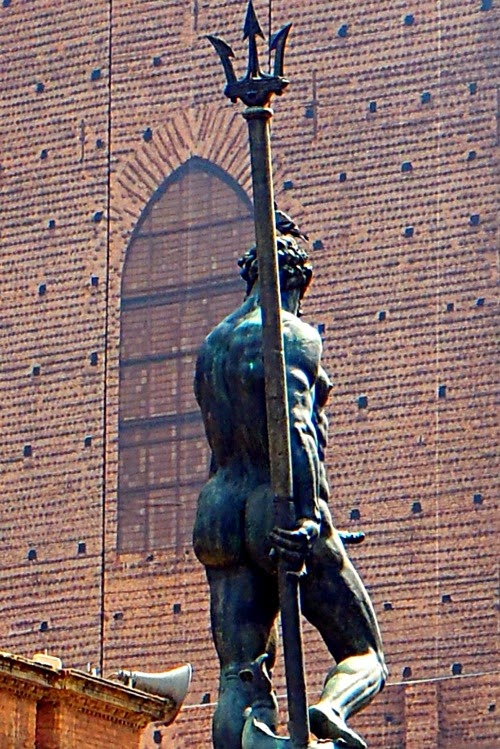Last time we made it to Europe was in January 2020, just before Covid put a stop to most recreational travel. So we’re hoping this trip marks the end of the pandemic.
But that’s doubtful. We flew Lufthansa from Seattle, and unlike American carriers European ones still require masks during all flights. On the one hand it makes a lot of sense to keep travelers safe, but on the other it sure is annoying having to wear a mask for ten straight hours in the air. At least it’s nice to know that the Covid virus cooperates by not infecting anyone when they remove their masks during dinner.
Perhaps the most pleasant surprise of the flight was listening to the flight attendants speaking their native language. It’s common to think of German as a harsh, commanding tongue, as has been portrayed in media and movies from Hitler to war films, but when nicer people speak it, it can be quite lyrical, almost musical.
This trip could be called the Baloney and Mustard excursion, since we’ll be staying in Bologna, Italy for a week, and then Dijon, France. Plus a few days in Paris at the end.
I’m not sure how Bologna became Baloney in the states. What we know is that bologna is another name for mortadella, the pork-based luncheon meat, and was first created in this city. The first reference to a mortadella-like meat was in 1376. It’s not too hard to envision Bologna being changed by Americans’ mispronunciation, but how the meaning became one equivalent to nonsense and bull remains a mystery. And while we’re on the subject, how did “bull” take on that meaning? Must be fun to be an etymologist sometimes. The negative usage hints at the idea of bologna as a poor-quality, filler-like substance, processed and mass produced. This may have come from centuries of disdain by the wealthy and ruling classes toward cured meats—they were considered fit only for the working people. It wasn’t until the last few decades that the upper crust of Italy learned to appreciate these foods.
The Italian working class, from whom I am descended btw, have a long history of sticking it to the snobs. Case in point is the statue of the god Neptune in the Piazza del Nettuno. Medieval clergy had a problem with the fact that the bronze was to be naked. They insisted the sculptor cover up his privates. After some negotiation, however, they concluded that as a pagan god, nudity was allowed. Not good enough for the sculptor Giambologna. He created the statue so that Neptune is in a twisting pose, with his left hand extended, and when viewed from a certain angle…well, take a look at right and see the art of subterfuge in all its glory.
Giambologna didn’t stop there either. The women adorning the base of the statue make their own statement.
Bologna, and many of the products of this region (Emilia-Reggiano) are specific to the places in which they originated and evolved. Italy governs these designations very closely, and to earn those designations the producers need to meet strict requirements—similar products produced in other places are considered almost like knock-offs. So your Parma ham and cheese better come from Parma, your pancetta from Piacenza, and your Ferrari from Modena. (A lot of this info was courtesy of our walking tour guide, Ricardo.)
Some of this system of official designations is, of course, a form of marketing and product protection, but it also translates into a particular way of life, one that we’re encountering every time we step outside the apartment we are renting (along with two sisters and brothers-in-law). Food and wine here are a focus, occasionally rising to an art, not an afterthought or an excuse to login to DoorDash. The city center is filled with small shops specializing in hand-crafted pastas, pastries, cured meats, gelato, and other delicacies.
Next time: Six Americans at an Italian pasta-making class. Let the flour fly.



You must be logged in to post a comment.